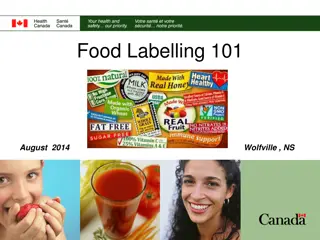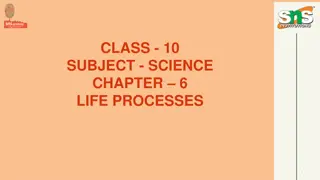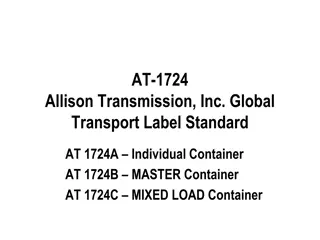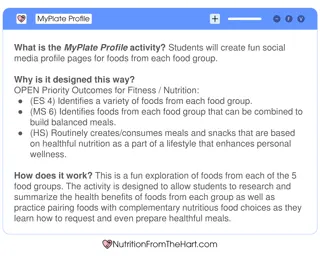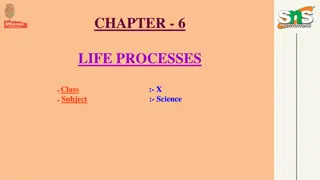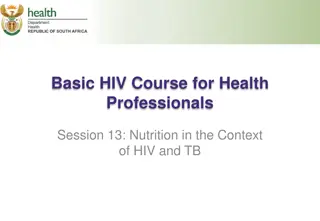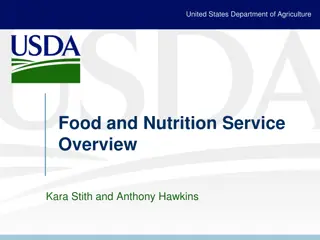Understanding Nutrition Facts Label: Essential Information
Exploring the Nutrition Facts Label provides valuable insights into serving sizes, calories, fat types, sodium, carbohydrates, fiber, sugars, protein, vitamins, minerals, and daily values. Each component plays a crucial role in maintaining a balanced diet and overall health.
Download Presentation

Please find below an Image/Link to download the presentation.
The content on the website is provided AS IS for your information and personal use only. It may not be sold, licensed, or shared on other websites without obtaining consent from the author. Download presentation by click this link. If you encounter any issues during the download, it is possible that the publisher has removed the file from their server.
E N D
Presentation Transcript
Navigating the Nutrition Facts Label
Servings Lists the number of servings in the entire food package as well as in a single serving size. The nutrition information listed on the Nutrition Facts Label is based on one serving. Serving size is based on the amount of food customarily eaten at one time.
Calories Calorie = a unit of measurement used to define the amount of energy a food provides the body.
Fat Fat = A macronutrient that provides energy, stores energy, and helps digest certain vitamins. There are 9 calories per gram of fat. 4 Types of fat: o Polyunsaturated fat o Monounsaturated fat o Saturated fat o Trans fat
Sodium Sodium = Refers to the mineral table salt, or sodium chloride. It helps in the function of nerves, muscles, and fluid balance.
Carbohydrate Carbohydrate = a macronutrient which supplies energy to support bodily functions and physical activity. Includes sugars, starches, celluloses, and gums.
Fiber Fiber = The portion of plant-derived food that cannot be completely broken down by digestive enzymes. Improves digestive health and lowers risk of many chronic diseases.
Sugar Total Sugars = sum of naturally occurring sugars and added sugar. Naturally Occurring Sugars = fructose in fruit or lactose in dairy products. Added Sugars = Sugars added during food processing.
Protein Protein = A macronutrient needed to maintain bone, muscle, and skin health.
Vitamins & Minerals Section where vitamin and mineral contents of food are listed. Required to list on label o Vitamin D o Calcium o Iron o Potassium
% Daily Value The percent of each nutrient provided in one serving of the food based on recommendations for a 2,000 calorie diet.







